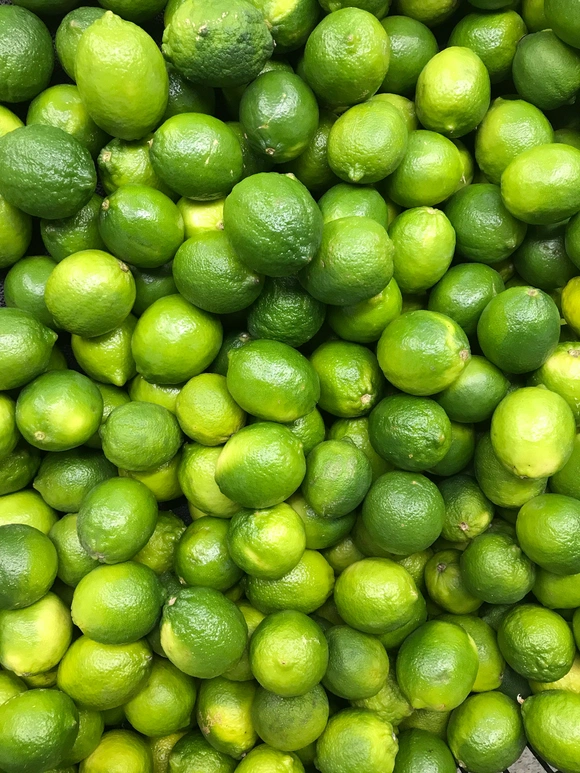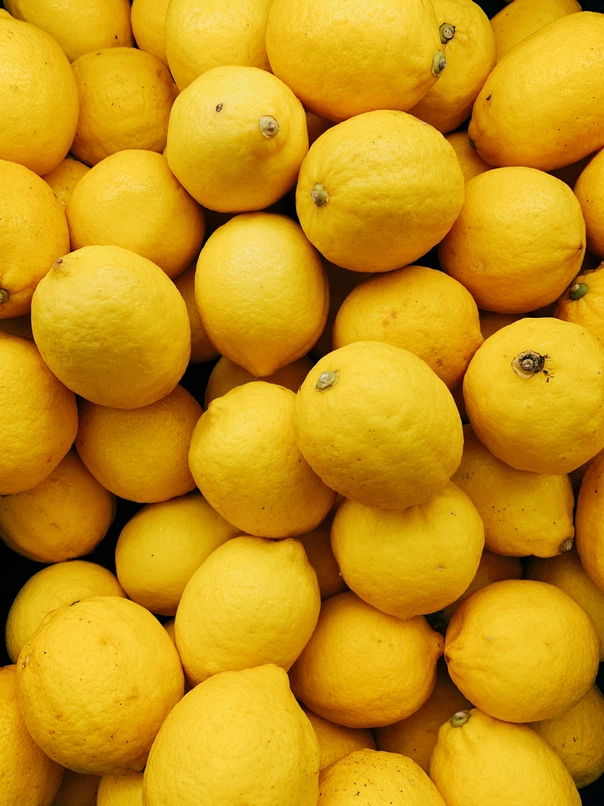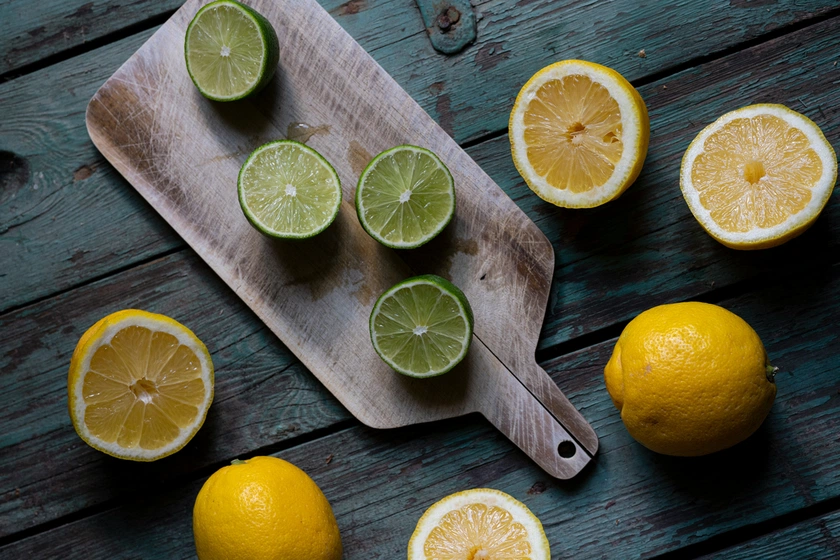Lime vs Lemon: Limes and lemons are two types of citrus fruits that are enjoyed by people all around the globe. The two fruits are frequently confused with one another due to their nearly identical names, appearances, and sour tastes. Although they look and taste almost the same, limes and lemons differ significantly in colour, flavour, and nutrient content.
For instance, limes are known for their sour taste, while lemons have a sweeter flavour. They both contain citric acid, which gives them their characteristic tartness. India, Mexico, and China are the world's largest producers of lime and lemon, with annual production of hundreds of thousands of metric tonnes.
In this article, we will examine the differences between limes and lemons so that, in case you come across either one of them, you won't be left wondering what is before you.
Also Read:
What Is The Difference Between Orange And Tangerine?
Differences Between Lime and Lemon
Lemons and limes both belong to the citrus fruit family, along with oranges, tangerines, and mandarins. Though the two are similar in many ways, they are not the same. The two citrus fruits have many notable differences between them. We are highlighting some of the major differences between limes and lemons below:
1. Colour
One of the most obvious differences between lime and lemon is the colour of the fruit. Lemons are bright yellow in colour when they are ripe, whereas limes are green even when they are ripe. Though unripe lemons may be green in colour, they turn yellow as they ripen.

Source: Unsplash
Trivia Time:
Limes were used by sailors to prevent Scurvy, a disease caused due to the deficiency of Vitamin C.
2. Shape
The two fruits also differ in size and shape. Lemons are significantly larger, while limes are smaller. Limes tend to be round in shape, whereas lemons are more oblong or oval-shaped.
In terms of taste, lemons are generally a bit sweeter than limes.
While limes have a more acidic and tart flavour, lemons have a more bittersweet taste. Though both fruits have an acidic and sour taste, you'll find that lemons tend to be sweeter and less tart than limes.

Source: Unsplash
3. Thickness of Skin
Another significant difference between limes and lemons is the thickness of their skin. The skin of a lemon is thicker and rougher than the skin of a lime. The lime's skin is thin and smooth.
4. Taste
Finally, lemons and limes have different uses in cooking and cocktail making. Since limes are sourer, they are most commonly used in savoury dishes and cocktails, such as guacamole and margaritas.
On the other hand, the culinary uses of lemon are broad; they are used in sweet dishes like lemon tarts and lemon meringue pie, as well as in savoury dishes and drinks.
However, this is not a rule of thumb, and there are exceptions to the culinary uses of limes and lemons.
5. Nutritional Value
Speaking of their nutritional value, lemons and limes are nearly identical in terms of their macronutrient composition, which includes carbs, protein, and fat.
Although limes and lemons both contribute a significant amount of vitamin C to the diet, lemons have a higher vitamin C content. Overall, lemons have slightly more potassium, folate, and vitamin B6 than limes.
The formula of citric acid present in both limes and lemons is: C6H8O7.

Source: Unsplash
The bottom line is that limes and lemons are citrus fruits with many health benefits and culinary uses. Therefore, both are good sources of essential vitamins and minerals, including vitamin C, folate, potassium, and vitamin B6.
However, there are some subtle differences in the nutritional makeup of the two citric fruits. Lemons and limes also tend to differ in shape, colour, taste, and use.
Trivia Time:
Christopher Columbus brought lemon seeds to the Americas in 1493. He planted them on the island of Hispaniola.
Final Thoughts
Limes tend to be smaller, dark green, and contain more citric acid, giving them a more tart flavour. On the other hand, lemons are larger, oval-shaped, have a bright yellow colour, and are a little bit sweeter than limes.
We hope this article helped clear up any doubts about the differences between limes and lemons. If you are given the two now, we hope you will be able to easily distinguish which is which.
Comments
All Comments (0)
Join the conversation